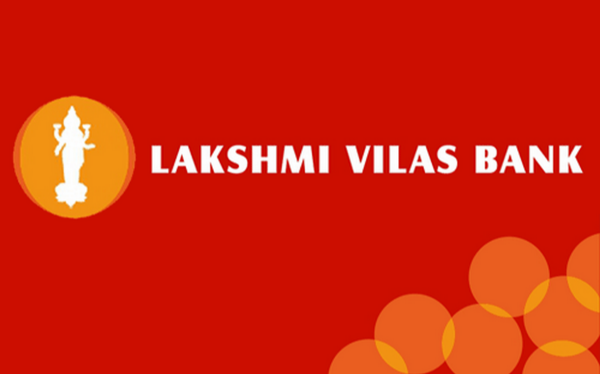The fall of Lakshmi Vilas Bank
03 Dec 2020 10:54:13
One thing which the investors need to keep in mind is, no matter how old and well known a bank has been, never to invest based on history. Caveat Emptor (Buyer beware) is always the principle never to be forgotten, be it while purchasing or while investing.
Health is wealth is a universal truth valid in not only our lives but the lives of all kind of entities. Once a healthy set up turns sick, it is exceedingly difficult to bring it back on track. The same difficulties were faced by Lakshmi Vilas Bank.
Banks are intermediaries that help us to save and grow our monies. Even though banks are in the business of money, there is an implicit trust in the relationship between a banker and the depositor. But trust takes years to build, seconds to break, and forever to repair. The PMC disaster followed by the Yes Bank catastrophe and now Lakshmi Vilas Bank crisis has marred the trust factor in the Indian banking industry over the last two years.

Lakshmi Vilas Bank was started in 1926 by a group of businessmen led by Shri VSN Ramalinga Chettiar to cater to the funding needs of small businessmen in and around Karur, Tamil Nadu. The entity got banking license in 1958 and became a scheduled commercial bank. Shifting its initial focus from small to large businesses could be a reason that led to its downfall. It started with the INR 794 crore loan it gave to Malvinder and Shivinder Singh, promoters of Ranbaxy and Fortis Healthcare turning bad.
Both the brothers are in prison since late 2019 for financial frauds in their company Religare Enterprises ltd. This resulted in the bank getting barred from giving new loans and expanding its network as per the Prompt Corrective Action imposed on it by RBI in September 2019. Since then the bank had been unsuccessful in its merger talks with India Bulls Housing Finance and Clix Capital. Finally, on 17th October 2020 Lakshmi Vilas Bank was forced to merge with the Indian arm of largest lender in Singapore, DBS Bank (erstwhile Development Bank of Singapore). Here ‘FORCED’ is a term that cannot be overlooked.
A bank normally has various stakeholders. Employees, Customers, Investors, promoters are some of the key stakeholders in a banking set up. When a bank goes kaput, the future of its stakeholders is also in jeopardy. What has happened to the stakeholders of Lakshmi Vilas Bank?
Employees of the troubled lender will be retained by DBS Bank for a period of three years after the merger. The future of 4000 employees of Lakshmi Vilas Bank is safe at least for this period.
RBI has placed the bank under moratorium for a period of one month starting from 17th November 2020. The withdrawal limit was capped at INR 25,000 per month except for emergency situations. The fate of its approximate 20 lakh depositors was looking to replicate that of the depositors of Yes Bank and PMC Bank. On 25th November 2020, the union cabinet approved the merger of Lakshmi Vilas Bank with DBS Bank India Ltd. With this approval the cash withdrawal limit put in place was removed. This news must have come as a huge sigh of relief to its depositors.
Employees and depositors were saved, but the promoters and investors were left high and dry. RBI asked Lakshmi Vilas Bank to completely write off INR 318 crores of tier II Basel III bonds. The investors in these bonds faced total loss. This was like the writing off of INR 8415 crores of AT1 (tier 1) bonds of Yes Bank where they were sold to its retail depositors as a better option that investing in FDs. The shareholders of Lakshmi Vilas Bank were also left in a lurch. With a high of INR 187 per share in June 2017 it was traded at INR 7.65 as on its last trading day on 25th November 2020. The trading in its shares was suspended effective the next day. With more than 20% participation of retail investors in its shareholding, these shareholders are about to lose all their investments done in Lakshmi Vilas Bank.
Lakshmi Vilas Bank has been consistently loss-making for the last three years, its gross NPA stood at nearly 25% at the end of September 2020. DBS Bank’s offer in 2018 where it agreed to pay INR 100 per share to buy at least 50% stake in Lakshmi Vilas Bank was rejected by RBI citing prevailing rules of that time. Now the Indian subsidiary of the foreign lender got Lakshmi Vilas Bank on a platter and putting its plans of expansion of Indian business on fast track. It got a readymade network of 563 branches and 1000 ATMs.
One thing which the investors need to keep in mind is, no matter how old and well known a bank has been, never to invest based on history. Caveat Emptor (Buyer beware) is always the principle never to be forgotten, be it while purchasing or while investing.